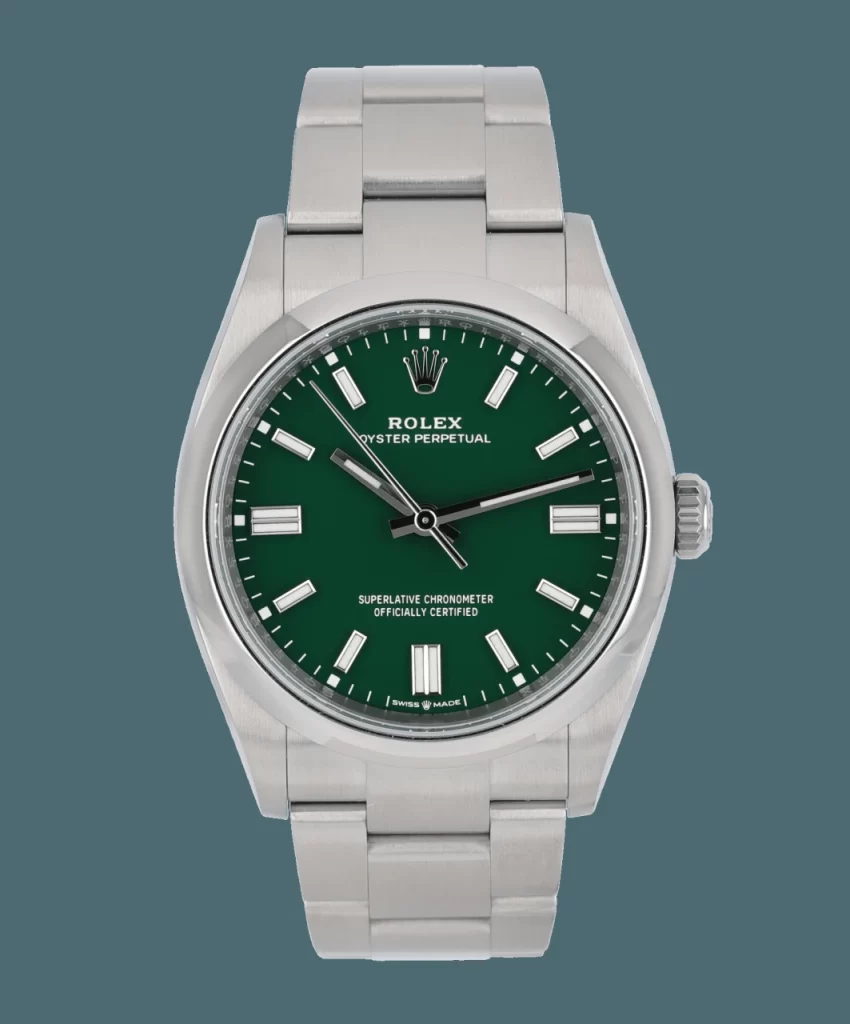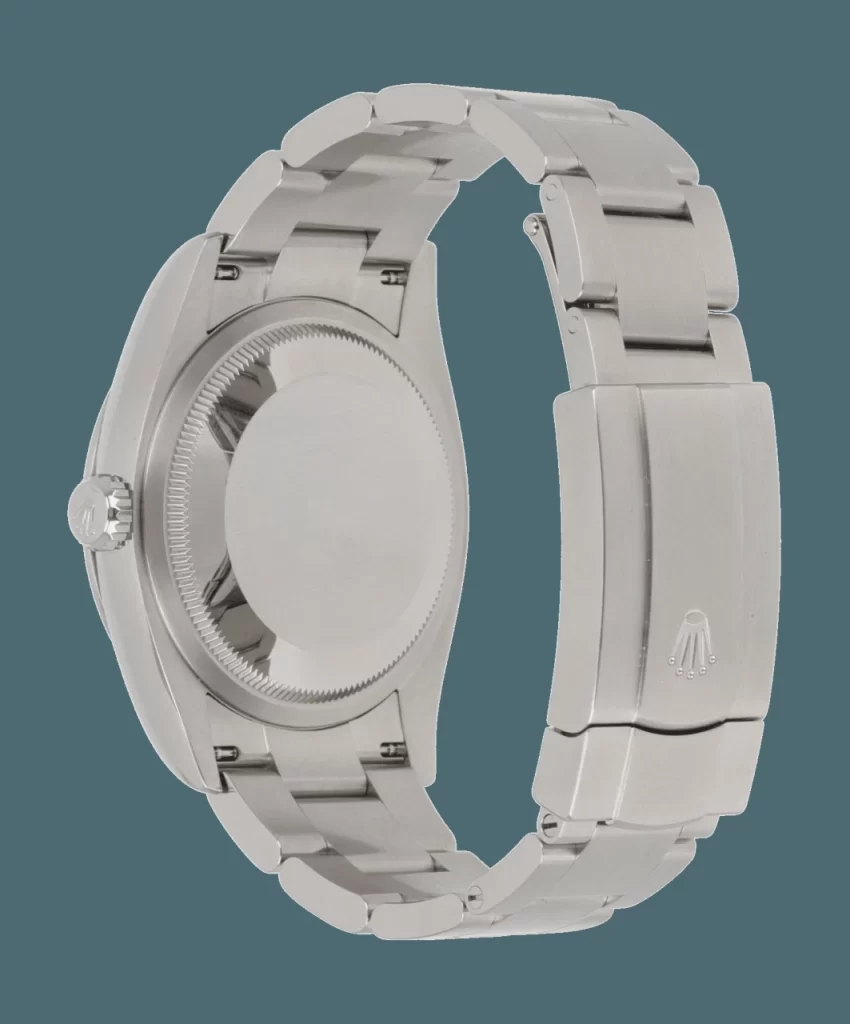The tradition of wearing a watch on the left wrist is deeply ingrained in many cultures, but does that make it socially unusual to wear a Rolex – or any watch – on the right wrist? The answer is nuanced and depends on personal preference, practicality, and cultural norms.

The convention of wearing a watch on the left wrist dates back to the early 20th century when pocket watches transitioned to wristwatches. Since most people are right-handed, it made practical sense to wear a replica watch on the non-dominant wrist. This allowed for easier winding and adjustment with the dominant hand while minimizing wear and tear on the watch. Over time, this practice became the norm, and wearing a watch on the left wrist became a widely accepted tradition.
However, cultural norms are not universal. In some cultures or communities, there is no strict rule about which wrist to wear a watch on. Additionally, left-handed individuals often naturally gravitate toward wearing their watch on the right wrist for the same practical reasons that right-handed people wear theirs on the left. For them, it’s not unusual – it’s simply more comfortable and functional.
Wearing a Rolex on the right wrist can be a matter of practicality. For left-handed individuals, it makes sense to wear the watch on the right wrist to avoid interference with daily activities. Similarly, some right-handed people may find it more comfortable to wear their watch on the right wrist, especially if they have a specific reason, such as an injury or preference for symmetry.
Rolex itself acknowledges this flexibility. The brand offers watches with crown configurations that cater to left-handed wearers, such as the replica Rolex GMT-Master II designed specifically for the right wrist. This demonstrates that Rolex recognizes the diversity of its clientele and accommodates different preferences.

While wearing a Rolex on the right wrist may stand out in certain social settings, it is unlikely to be seen as socially unusual or inappropriate. In today’s world, personal style and individuality are celebrated, and how someone chooses to wear their watch is often viewed as a reflection of their personality. A Rolex is a statement piece regardless of which wrist it adorns, and its prestige and craftsmanship remain unchanged.

That said, in more traditional or formal settings, some people might notice and comment on the unconventional placement of the watch. However, such reactions are typically rooted in curiosity rather than judgment. Ultimately, the way you wear your Rolex is a personal choice, and confidence in that choice is what truly matters.

